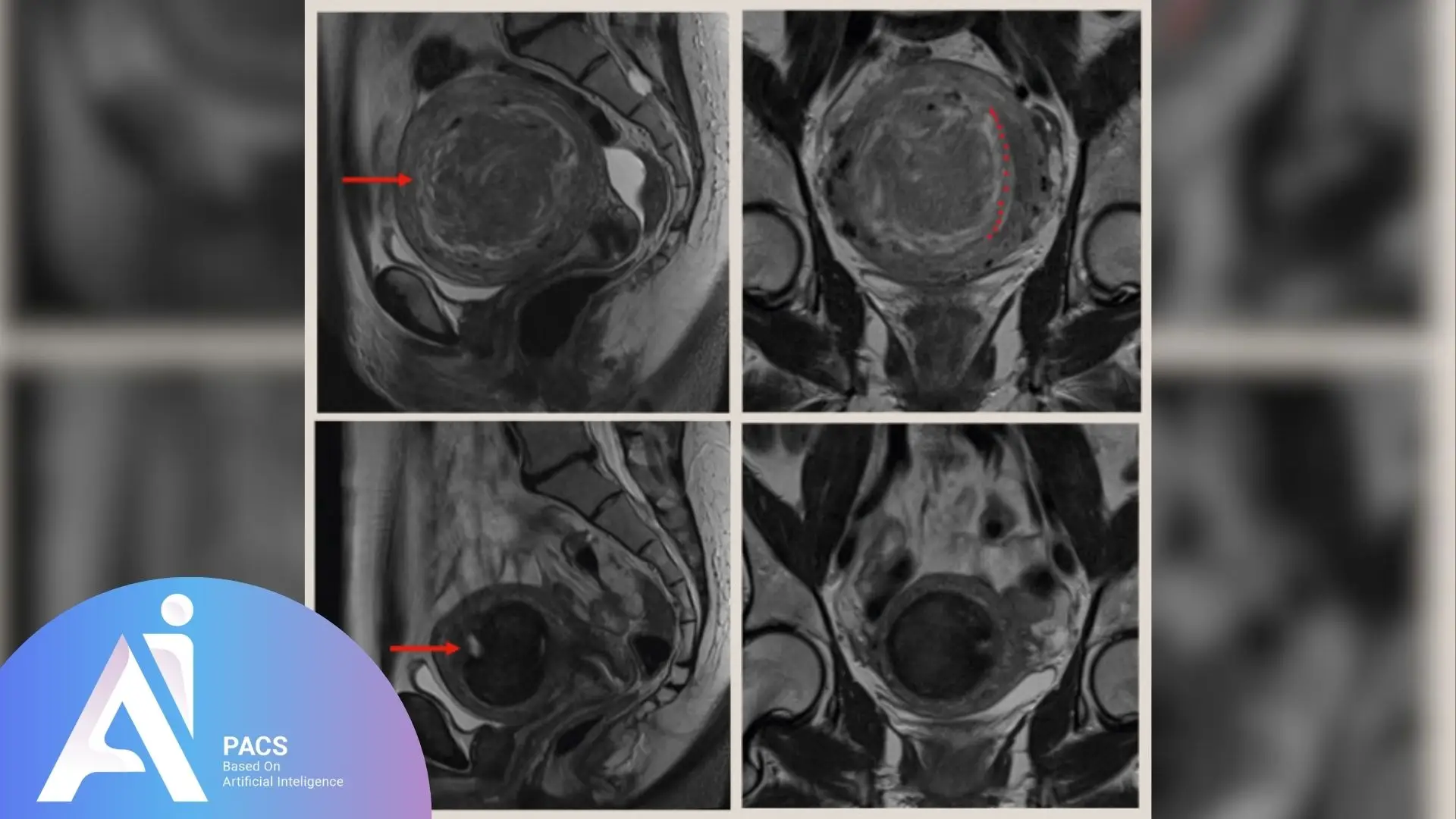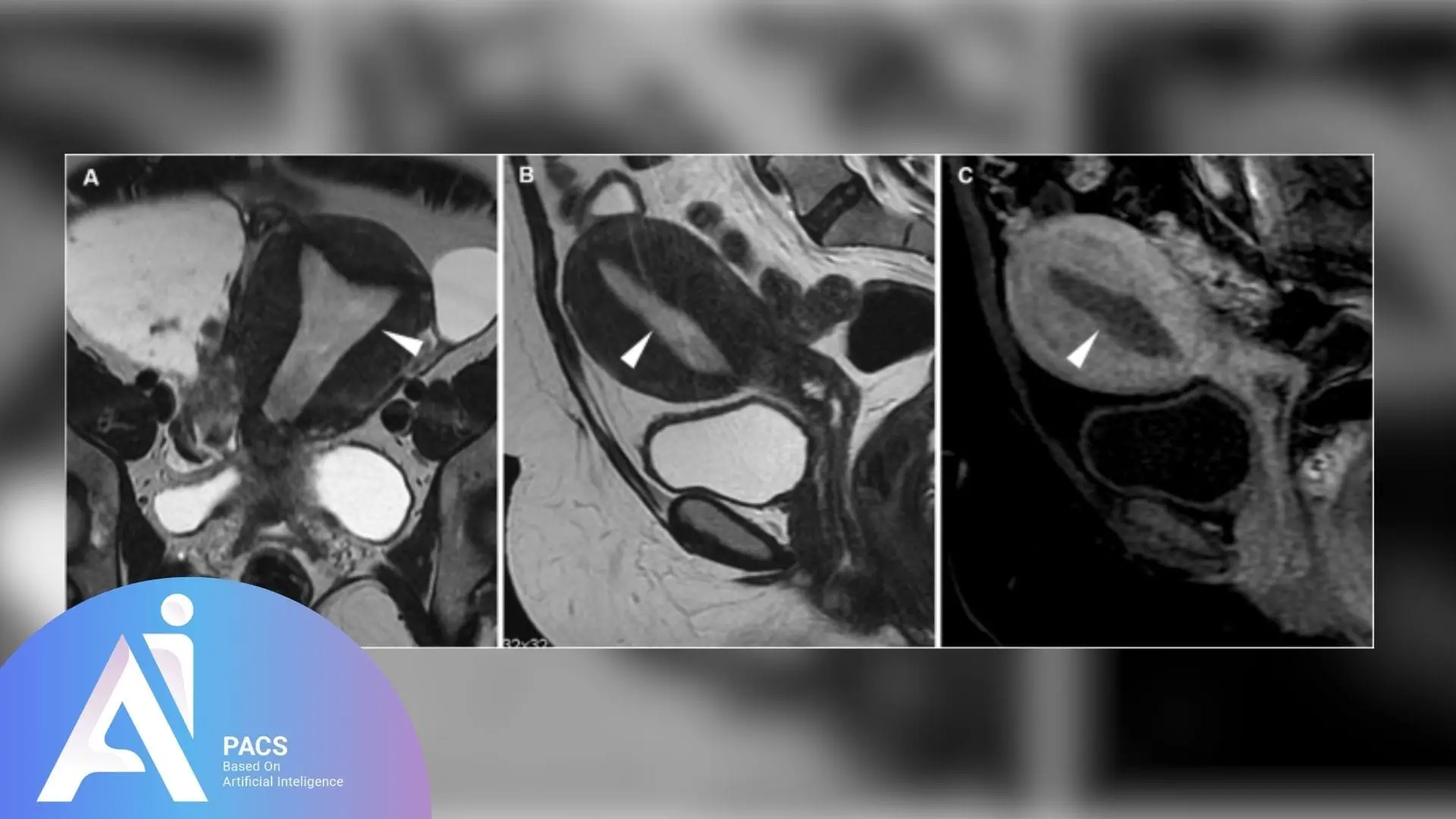Why Emma’s Story Matters if You Have Abnormal Uterine Bleeding
Heavy, unpredictable periods were draining Emma’s energy and her hope of becoming a mother. It wasn’t until she used an MRI for abnormal uterine bleeding that she discovered what her blood tests and ultrasounds had missed.
Up to one in three women of reproductive age experience abnormal uterine bleeding (NIH), risking delayed treatment and infertility if the actual cause remains hidden. Advanced imaging like MRI can change the entire path of your fertility journey.
💡 Just like Emma, you can get clarity and answers. Upload your MRI or ultrasound for a professional review today
PRIVACY DISCLAIMER
This article is based on a real patient journey. All personal details including names, locations, and any other identifying information have been modified to protect your privacy by our strict confidentiality commitment.

Emma’s Journey: From Uncertainty to Motherhood
Emma was 33, newly married, and dreaming of having a baby. But for four long years, she faced heartbreak as each month passed without a positive pregnancy test. Since her teens, Emma’s periods were irregular and sometimes heavy enough to keep her in bed for days, yet sometimes skipped for months.
Doctors repeatedly told her it was “probably the fibroid,” a 34 mm growth seen on ultrasound in the front wall of her uterus. Her lab results were always normal, and she tried diet changes, medications, and supplements, hoping for cycle regularity and a chance to conceive.
Still, something inside Emma said there was more to the story. Every ultrasound came back with the same vague reassurance, but her symptoms persisted. Each heavy cycle left her exhausted, anxious and questioning whether she would ever become a mother.
Frustrated and ready for answers, Emma reached out for an online second opinion, hoping that a detailed review of her reports and imaging could reveal what was truly happening inside her body.
How MRI for Abnormal Uterine Bleeding Changed Everything
- An MRI for abnormal uterine bleeding offers high-resolution images that can reveal hidden fibroids, endometrial polyps, and lining abnormalities that may affect fertility.
- In Emma’s case, the fibroid was creating shadows on her ultrasound, preventing clear visualization of her endometrial lining.
- A contrast-enhanced MRI performed right after her period provided detailed images that showed what ultrasound could not.

What Emma’s MRI Revealed
Emma’s MRI uncovered a hidden endometrial polyp and irregularities in her uterine lining that were contributing to her abnormal bleeding and infertility. These findings had been missed on prior ultrasounds due to shadowing from the fibroid.
After discussing her MRI results, Emma underwent a hysteroscopic procedure to remove the polyp and correct the lining issues.
Life After Treatment: Emma’s Path to Pregnancy
Emma’s heavy bleeding reduced, and her cycles became more predictable within months of treatment. Her hope returned, and six months later, Emma saw the two pink lines she had prayed for. Today, Emma’s baby is one year old, and she shares her story to help other women understand that a second opinion and proper imaging can make a significant difference.
Get Clarity With AI-PACS: Fast, Expert MRI Review for AUB
Through AI-PACS, Emma was able to securely upload her previous ultrasound and lab results for expert review without delay or unnecessary travel. Our team reviewed her images, provided a clear MRI-based interpretation, and guided her care with actionable recommendations. Privacy is strictly protected, and results are delivered quickly to support your next step. Learn more about Online MRI reporting here.
Take the Next Step Toward Answers and Hope
If you’re facing heavy, irregular periods or unexplained infertility, don’t wait in uncertainty. Upload your scans today for a second-opinion MRI review to uncover hidden causes of abnormal uterine bleeding and take control of your fertility journey just like Emma did. The right imaging can transform uncertainty into hope.
🧠 Ready to understand your MRI results? Get a confidential expert review today



